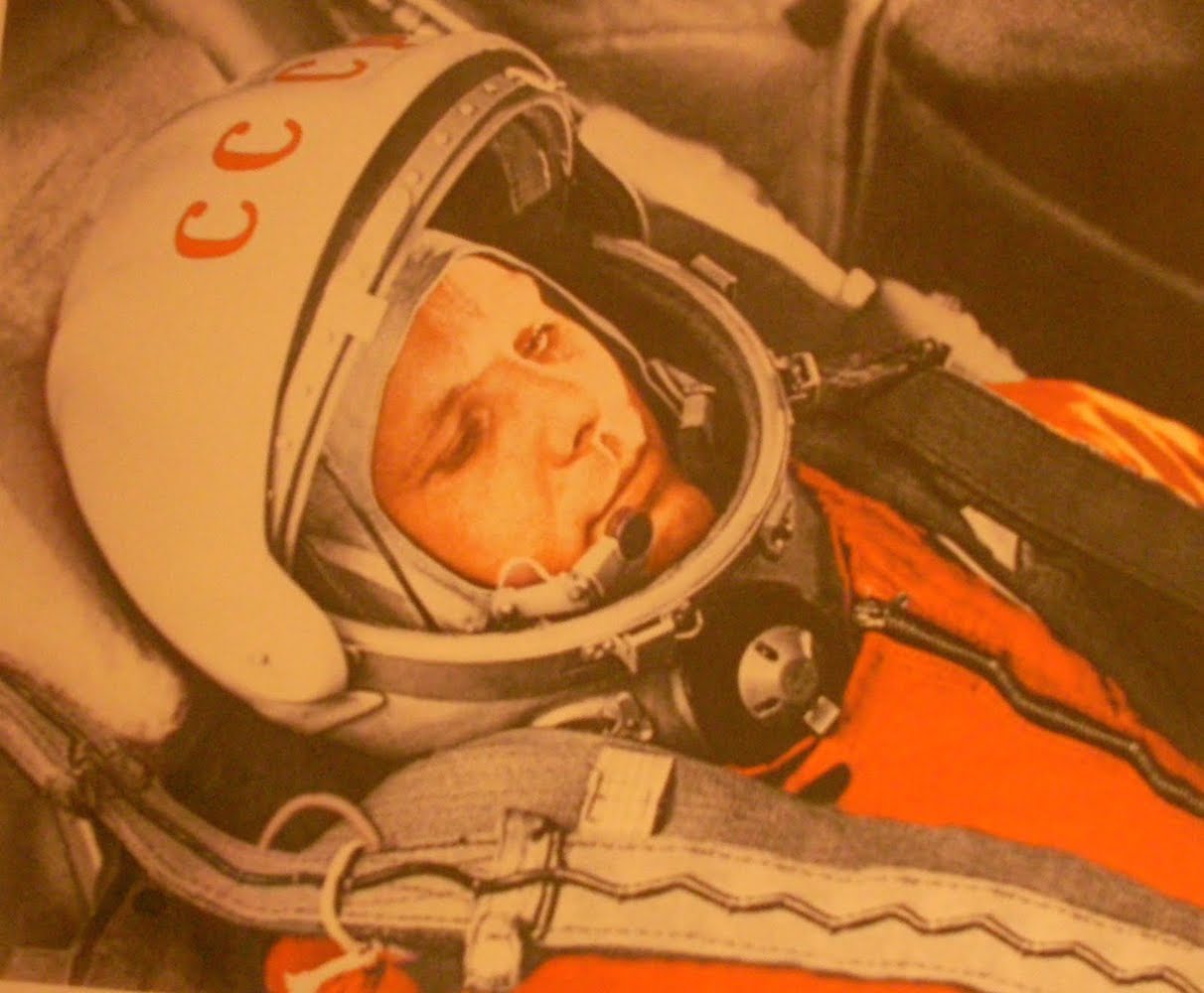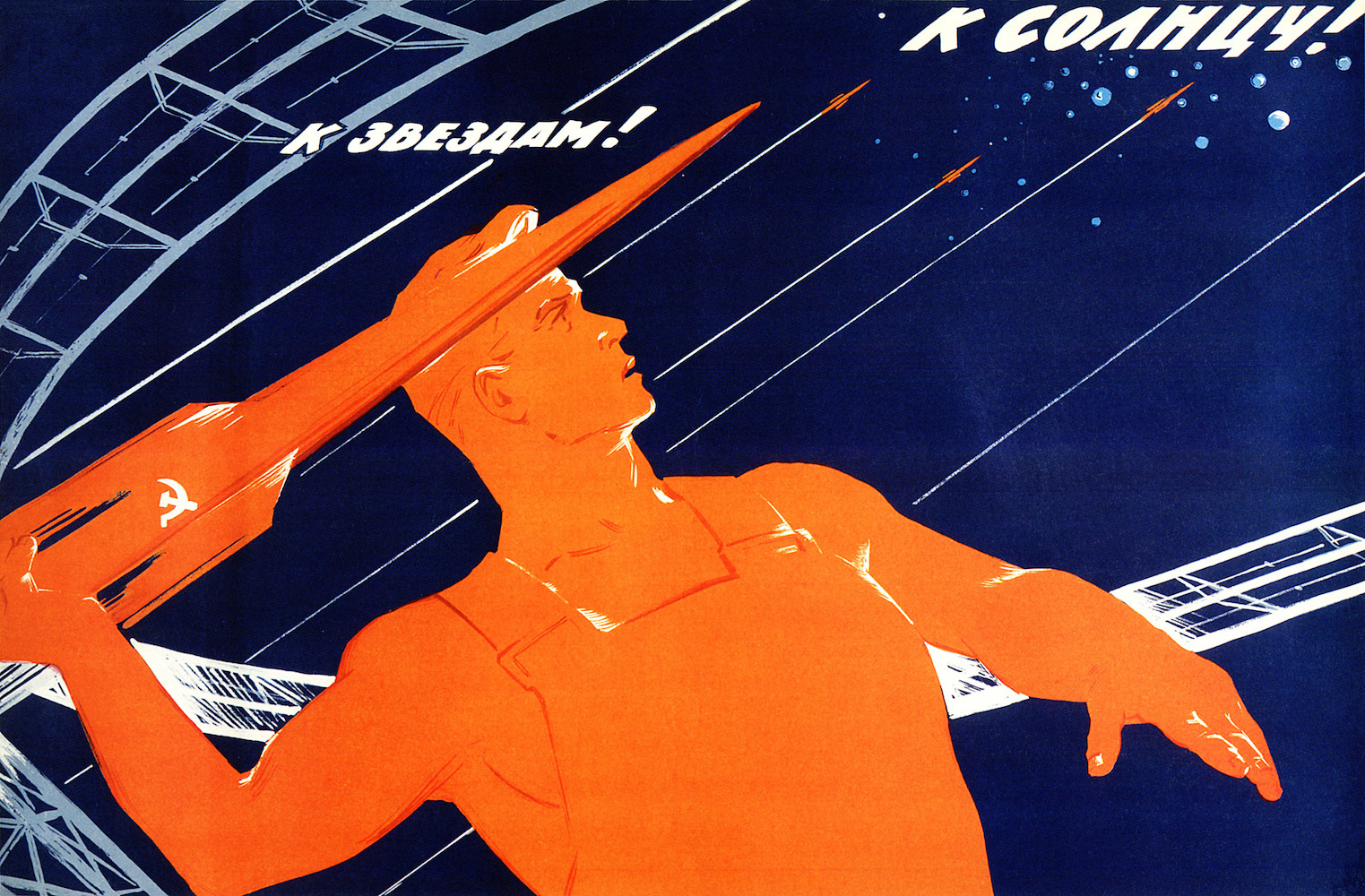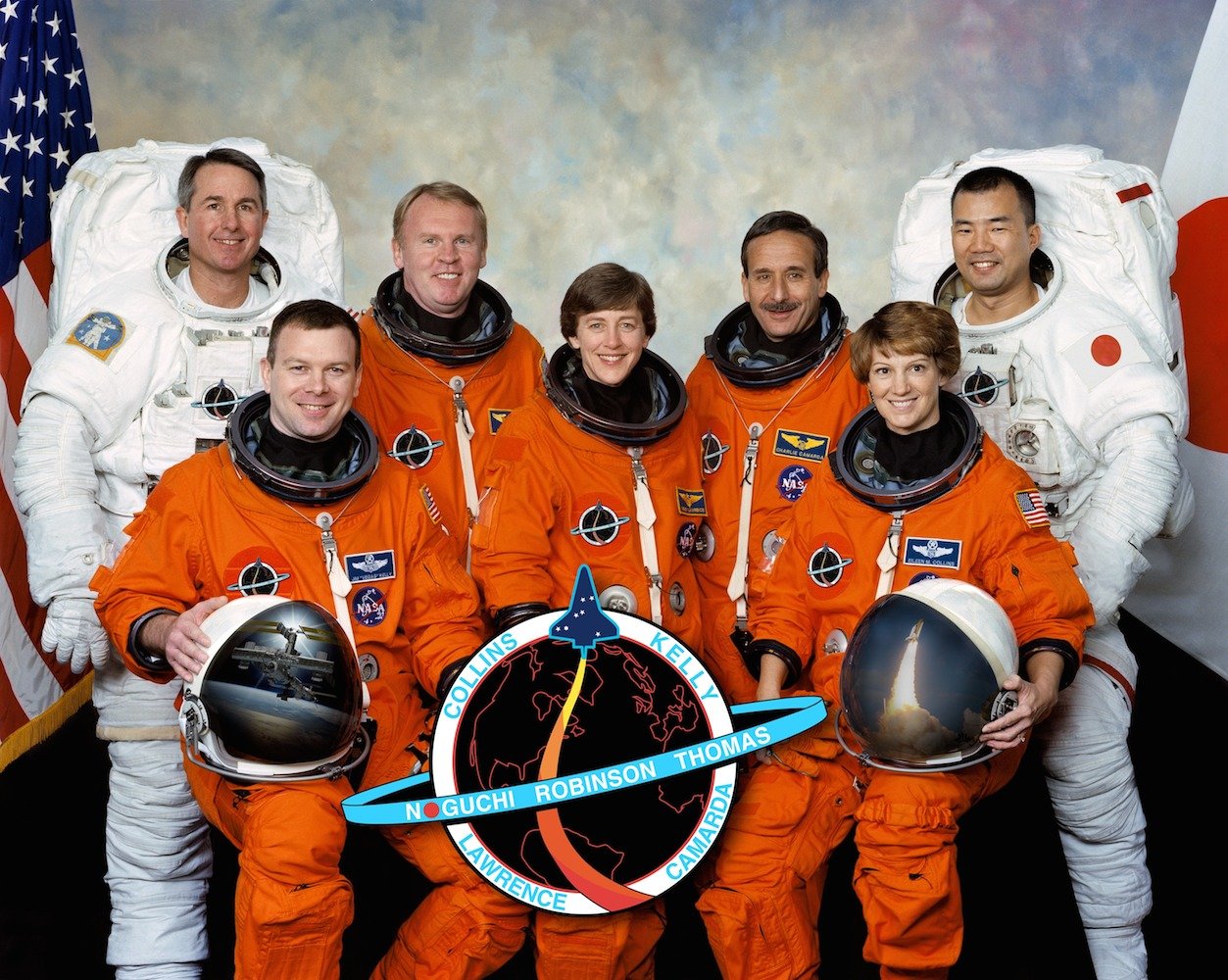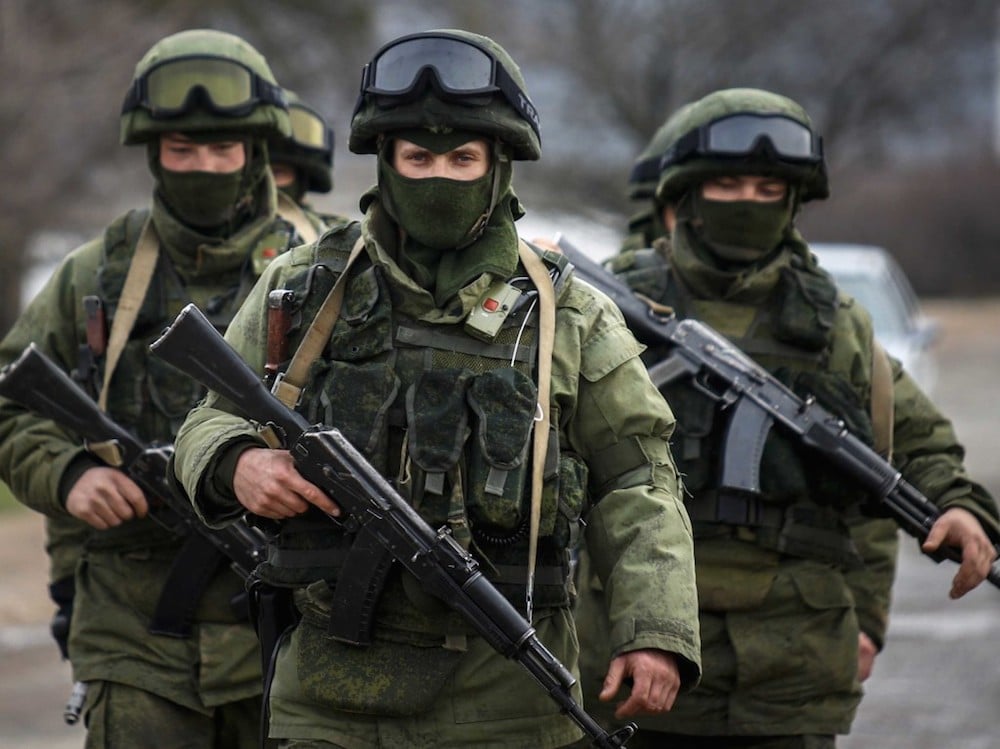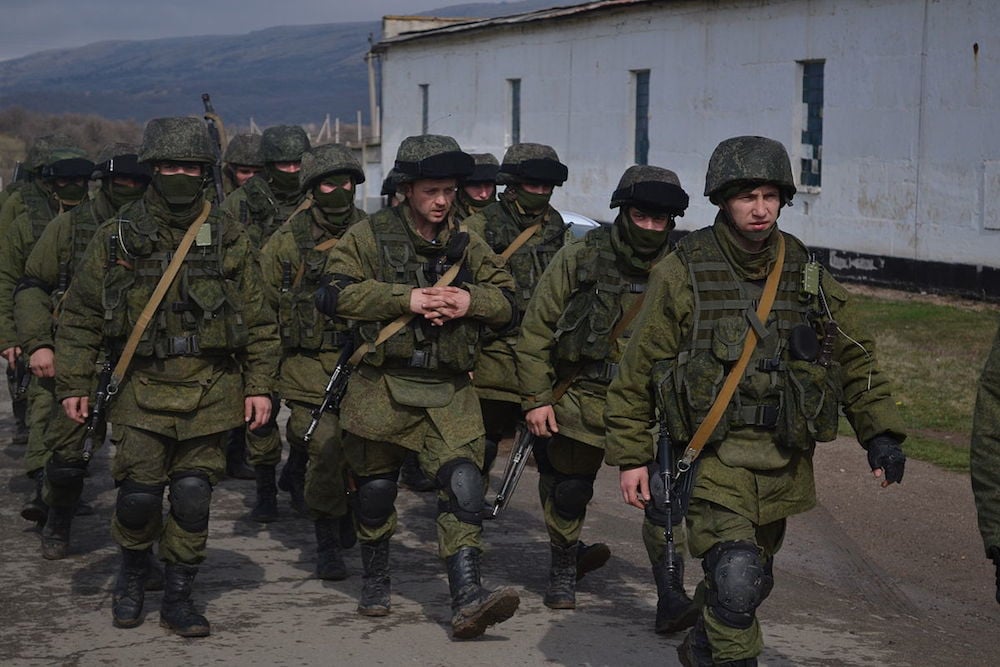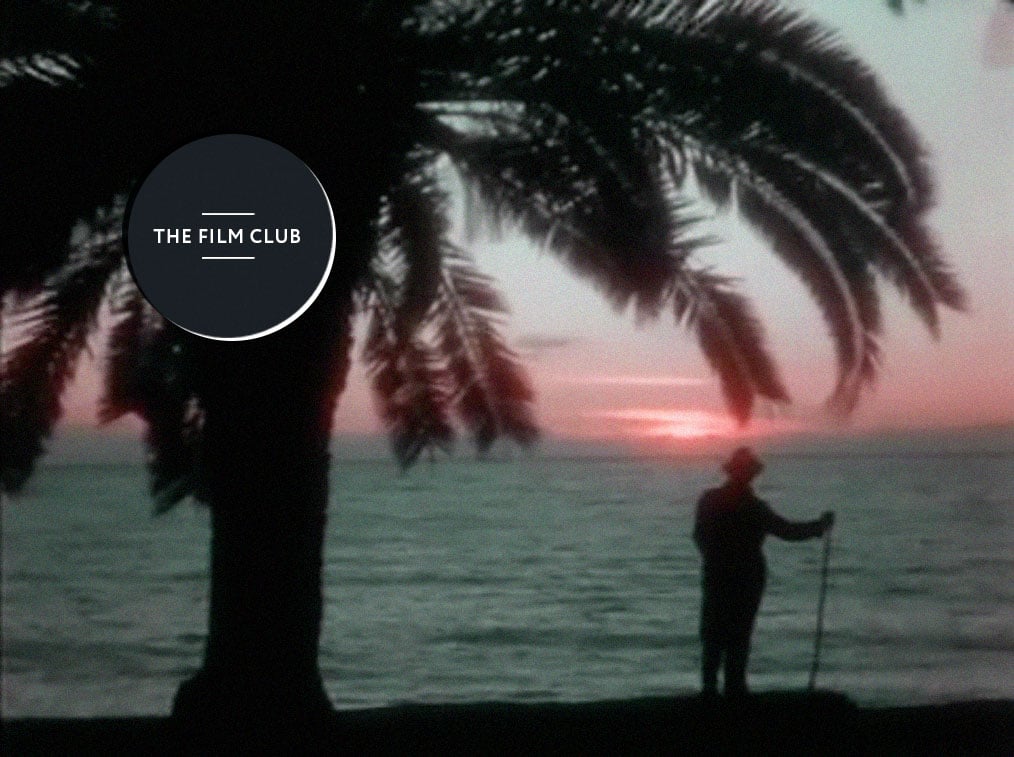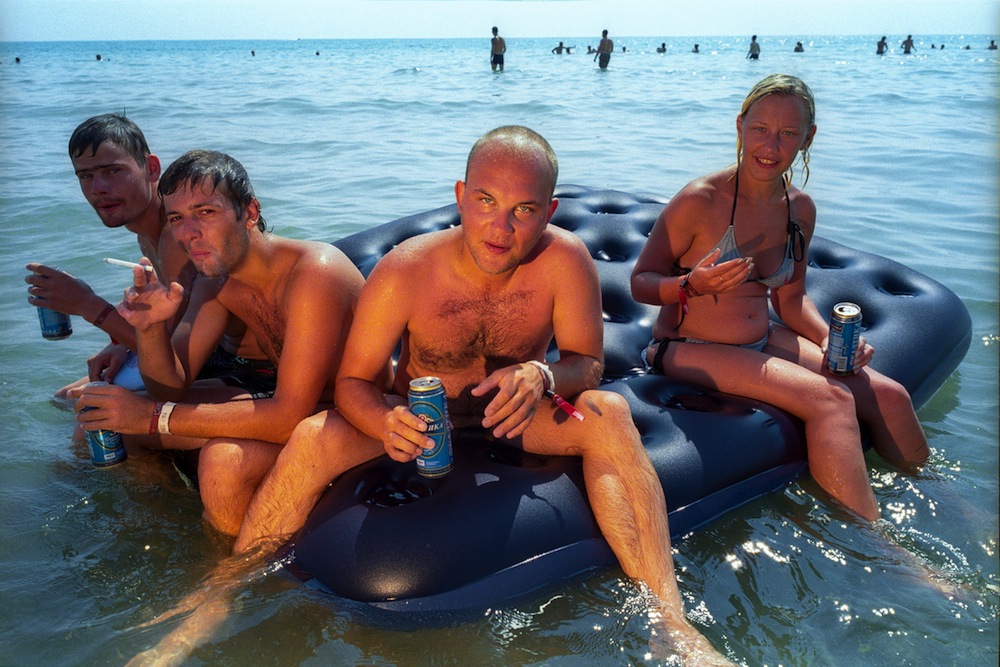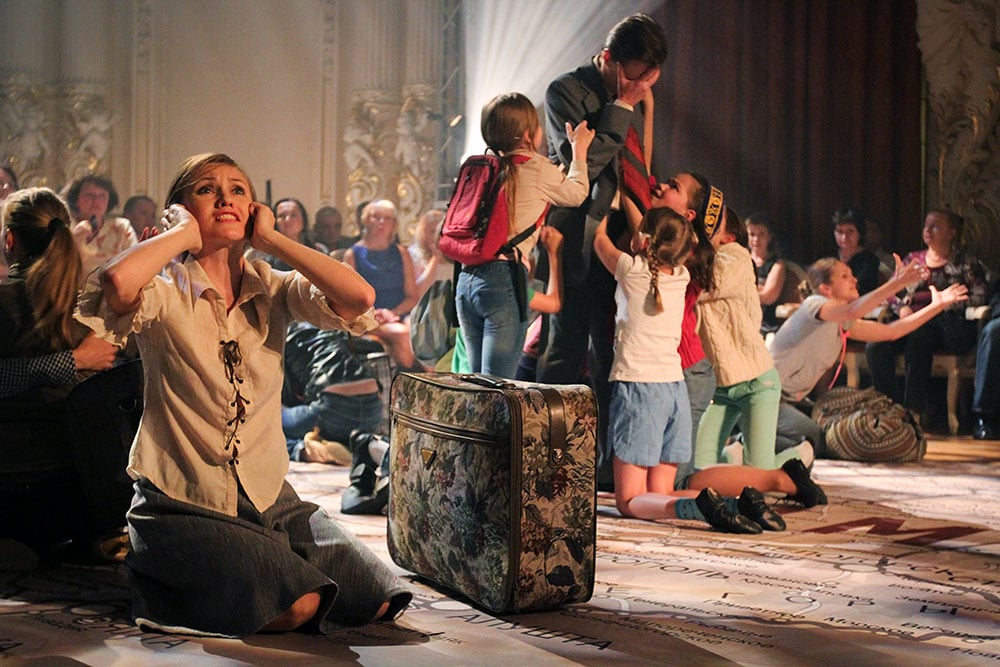Political spectrum: the three colours of the Cold War

Red's association with communism is so strong that it became a byword in the west for the Soviet threat — but why are orange and green the other pre-eminent Cold War colours?
Colour is one of the most memorable aspects of an experience, often more so than symbols or words. Individual memories are almost always “coloured” — they feature splashes of colour or a complex panoply of hues. Until recently, cultural memory had often been monochrome as it relied on available technology; our perception of the First World War, for example, is largely black and white because of the photography of the day. Throughout military history, colours have become poignant symbols of confrontation — white and red emerged as symbols of monarchy and Soviet rule in the wake of the Russian Civil War.
The colourisation of warfare is a way of mythologising confrontation for political and ideological purposes. For many, the memory of the Cold War is pictured in red, a symbol of communist threat. The “red threat” emanating from the east was at the heart of the American propaganda that aimed to distract the public from the politics of colour at home. Anti-communist sentiment helped to conceal racial polarisation in the USA, legitimised the country’s domestic policy and informed its international agenda.
During perestroika under Mikhail Gorbachev in the 1980s, when it became clear that the Cold War was coming to an end, red was deconstructed in the avant-garde art of the time. In 1987, the artist Andrei Khlobystin created a portrait of Timur Novikov, the leader of the alternative art scene in Leningrad, now St Petersburg. Named Re-Composition 7: T P Novikov, it is a painting in red on an unhinged blue wooden door, featuring a Matisse-inspired cut-out profile of a man. An additional red cut-out of the African continent alludes both to anti-western, anti-colonial propaganda and to Novikov’s inner circle of artists and friends, thereby democratising and personalising the colour: Afrika is the nickname of Sergei Bugaev, a musician and performer who joined Novikov’s New Artists in 1982.
During perestroika, red as the symbol of Soviet power was subjected to re-evaluation, re-purposing and re-cycling, as is evident from Khlobystin’s art. The colour underwent another re-contextualisation — it became the subject matter of fashion, a powerful articulation of western capitalism — which must have shocked traditional Marxists critical of commodity fetishism. For the first time, the colour red had been commercialised and offered for enjoyment, glamour and — most strikingly — for sale. Artists Elena Khudiakova and Irina Afonina re-worked Soviet uniforms to produce phenomenal fashion trends and in so doing re-claimed the original meaning of the Russian word red (krasniy) — beautiful (krasiviy).
But red was not the only hue that coloured the Cold War. In the early 1960s, a new colour emerged in competition to red as the symbol of the ideological confrontation between the USA and USSR: orange. When Yuri Gagarin flew into space on 12 April 1961, he was sporting a bright orange spacesuit. The pressurised SK-1 Sokol he was flying in was orange too. In both cases the motivation was ease of identification, but the colour orange came to symbolise the competition between the two superpowers in technology, science and human endeavour.
For Russians, the orange spacesuit has always been a symbol of its supremacy in space exploration, a fact celebrated in the bright orange colour of coats in Soviet fashion during this period. The Americans, however, chose to go with their iconic white suits, until the Challenger disaster of 1986 forced them to adopt orange, too. Nicholas de Monchaux, the author of Fashioning Apollo (2011), explains that the white suit protected against the dangers of the lunar surface; in contrast, the orange of the shuttle-era astronauts’ “pumpkin suits” represents their protection against the complexity and incompetence of NASA’s own technological and social systems.
Orange could at times become the colour of compromise and reconciliation: commissioned by the Orbital Science Corporation, Paul Hudson’s painting Flags on Mars (1992) shows the US and Soviet flags hoisted on the ragged, desolate surface of the red planet. The setting sun colours everything orange, a symbol of hope that the two nations would eventually co-operate in space exploration, a hope given short-lived realisation in 1975 with the joint Apollo-Soyuz docking mission.
The colour most closely associated with Russia’s involvement in the conflict in Ukraine is green, which came to prominence as a symbol of “the new Cold War” during the annexation of Crimea. In March, according Russian and Ukrainian journalists alike, the peninsula was “invaded” by “little green men” (zelyoniye chelovechki) — a reference to the colour of their uniforms — who looked and sounded like members of the Russian military, despite official disavowal. In a different context, it would have been hilarious to speak of military personnel as if they were weird humanoid aliens with green skin and antennae. But this extra-terrestrial allusion was actually a disguised but serendipitous return to the political confrontation between the west and Russia in the space-race era: the annexation of Crimea reminded many Europeans of the Soviet invasion of Prague, which took place a few years after Gagarin’s flight into outer space.
Green is also, in Russia as elsewhere, slang for “money”, particularly the US dollar, which still remains the key reserve for Russian businesses and families. In this sense green is the colour of another cold war — the attempt to contain Russia economically on the global stage. Economic sanctions against Russia have targeted Putin’s inner circle of oligarchs, the very same people the US government once supported and celebrated as emblems of capitalism and individuality in the 1990s and 2000s, before their global aspirations became apparent. In this regard, is green the new red? Is this financial crackdown a deliberate attempt to distract the US from its own economic problems like its trade deficit, tax system, housing bubble and excessive protectionism? Or is green the new orange? Is it a way for Russia to demonstrate its dominance in the short term, and then lose the race in the long-run, particularly in such areas as technology, innovation, science and social capital?
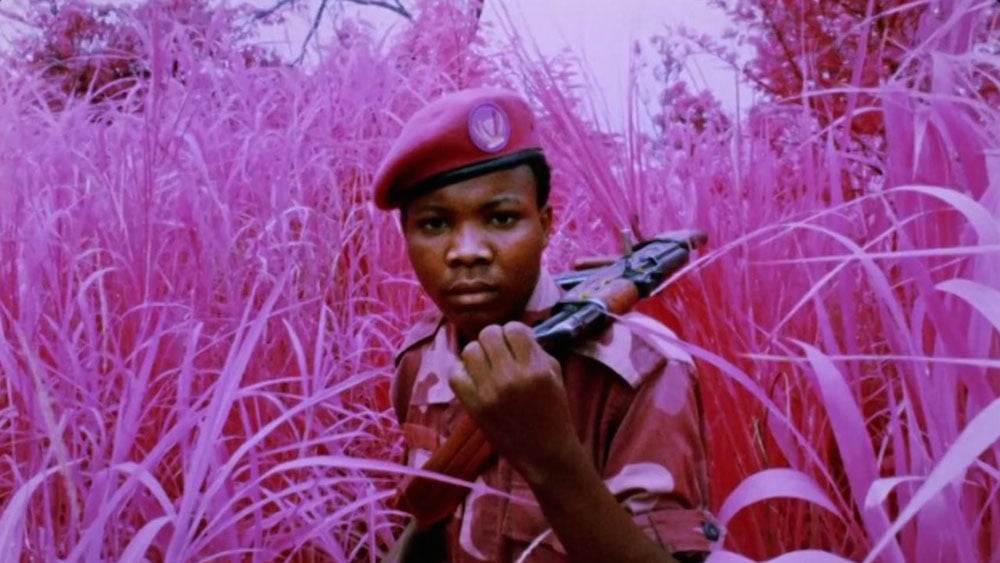
Richard Mosse, The Enclave, 2013
Cold War colouring also takes place in the “third spaces” previously contested by the US and USSR. Here, the colours of the Cold War — in their new dazzling mixture — produce their own ideologies of confrontation and memory. The Irish photographer Richard Mosse won this year’s Deutsche Börse Photography Prize with his collection The Enclave, which explored memory and conflict in the Democratic Republic of Congo. Using Aerochrome film, a discontinued Cold War-era Kodak infrared colour film originally designed for satellite reconnaissance and camouflage detection, Mosse’s photographs interpret green tree foliage as magenta or red, and military camouflage as purple or blue. These inversions challenge both our perception of colour and what we associate with it, making us more aware of the limitations of our knowledge and of the invisible colours of human tragedy. Mosse reflects on the situation in Congo now, but also reminds us of the proxy war between the US and USSR in the 1960s. In his photography, and in popular culture in the US and Russia, the Cold War keeps coming back as a furious spectre, re-emerging in its multi-coloured guises to trouble our memories and our imaginations.


